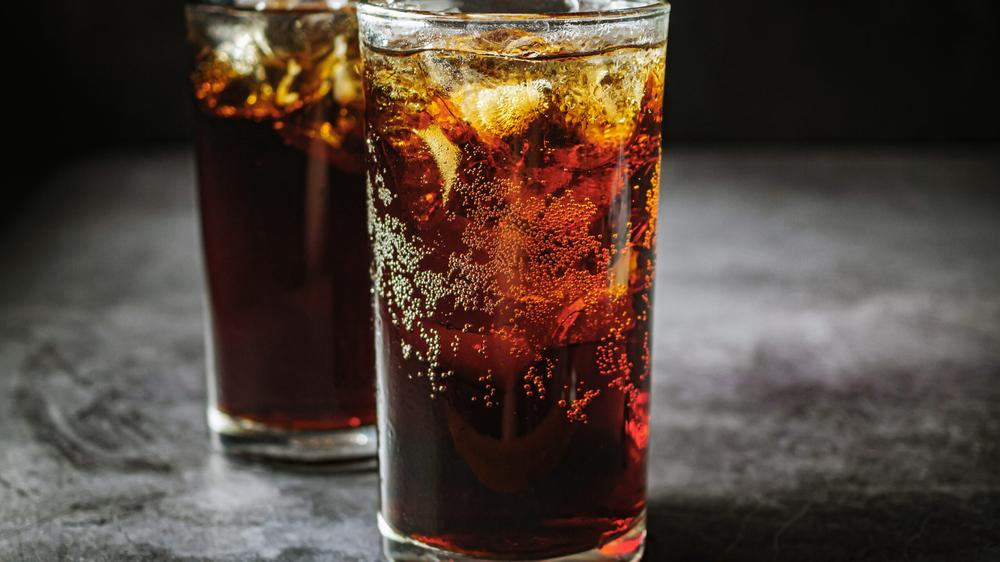A 63-year-old woman showed up at the emergency department of the Brigham and Women’s Hospital in Boston with severe stomach pain, nausea, and vomiting.
She told doctors that for the past month she had developed severe nausea, non-bloody vomiting, and pain she described as a burning feeling that spread from her upper abdomen, through her right side, and around to her back. Nothing she did made it better.
The doctors started collecting her medical history, which was lengthy. The woman had Type 2 diabetes, Stage 2 chronic kidney disease, opioid use disorder, and gastroesophageal reflux disease (GERD), among other conditions. While she was taking many medications, she noted that for the past year she had also been taking semaglutide, a GLP-1 weight-loss drug, and had lost about 40 pounds (over 19 percent of her body weight).
In an interactive case report published this week in the New England Journal of Medicine, the doctors laid out how they figured out what was going on and treated it—with a surprisingly simple solution.
Possibilities
The doctors started doing lab tests and imaging, and they admitted her to the hospital. A computed tomography (CT) scan of her abdomen revealed bile-duct enlargement and a swollen stomach that seemed to be full of a semi-solid mass. Similarly, magnetic resonance imaging (MRI) also picked up a mass in her stomach, one with mottling that doctors assumed were air bubbles. The imaging also found bile duct enlargement, which could be linked to her history of opioid use—or to a gastric bezoar.
Gastric bezoars are masses that form in the stomach. There are different kinds depending on what the masses are made of. The most common is a phytobezoar, which is made from clumped fruit and vegetable components, particularly non-digestible materials such as cellulose. A notable subtype of phytobezoar is the diospyrobezoar, which is formed from eating an excessive amount of persimmons. The fruit's skin is brimming with tannins that form a glue-like substance when they hit gastric acid, aiding the formation of a mass that is notoriously hard and difficult to treat.
There are also trichobezoars, which are formed by consuming hair—something linked to hair-pulling and eating disorders (trichotillomania and trichophagia). Lactobezoars are made from milk products and mucus and are most often found in infants. Pharmacobezoars are masses formed from non-digestible ingredients in medications. And polybezoars are those made from various non-food items, such as plastics or papers. These are most often seen in people with disorders like Pica.
Simple solution
To see if the woman had a bezoar, doctors dropped an endoscope into her stomach and, sure enough, got close-up imaging of a large, greenish, gooey-looking mass covered in mucus in her stomach. It wasn't blocking her stomach, but it was definitely taking up a lot of space and causing problems. (If you really want to see an image, there's one here. But be warned, it's gross.)
Methods for getting rid of a bezoar include surgically removing it or using an endoscopic procedure to break it into small pieces so it passes through the stomach. But, in recent years, doctors have started treatments with a gentler approach, trying first to dissolve it with chemicals. And the go-to chemical is, surprisingly, Coca-Cola.
According to an editorial published last year in the World Journal of Gastrointestinal Endoscopy, the idea of using Coca-Cola for bezoars is thought to be based "on its acidic properties and the presence of carbonic and phosphoric acids, which can help break down the fibrous material in phytobezoars." The authors of the NEJM case report, however, highlight that the bezoar-busting properties of Coca-Cola are not entirely understood.
Regardless, the editorial authors signal that Coca-Cola has become a first-line treatment for bezoars, and several case reports and studies support its use. A 2024 randomized controlled trial involving 160 patients in China with phytobezoars concluded that "Timely ingestion of Coca-Cola yields significant benefits, including a complete dissolution rate of 100 percent, a low incidence of gastric ulcers, no need for fragmentation, and reduced expenses."
Dissolved
While it's unclear what the woman's bezoar was made of—she didn't report eating an excessive amount of persimmons—it was most likely some type of phytobezoar. As such, doctors put her on a plan to drink 3,000 milliliters (about 8.5 cans) of cola in 12 hours. Given that the woman also had Type 2 diabetes, they prescribed diet cola. However, the woman apparently balked at this plan, saying she didn't like carbonated beverages, so they scaled back to 1,500 ml, which is about four cans.
Even with the lower dose, it was enough. The next day, the woman "reported a sudden tugging sensation in her abdomen, followed by a prompt decrease in her nausea and abdominal discomfort." Taking another look with an endoscope, the doctors confirmed that the bezoar was gone.
As to how it formed in the first place, the doctors tied it to her use of semaglutide. As a GLP-1 weight-loss drug, one of its effects is slowing down stomach emptying. That in turn can create conditions for a bezoar to form.
In the end, the woman made a full recovery from her symptoms and was back to a regular diet upon discharge from the hospital. She stopped using the semaglutide.

 EA Reportedly Closing in on $50 Billion Deal to Go Private
EA Reportedly Closing in on $50 Billion Deal to Go Private